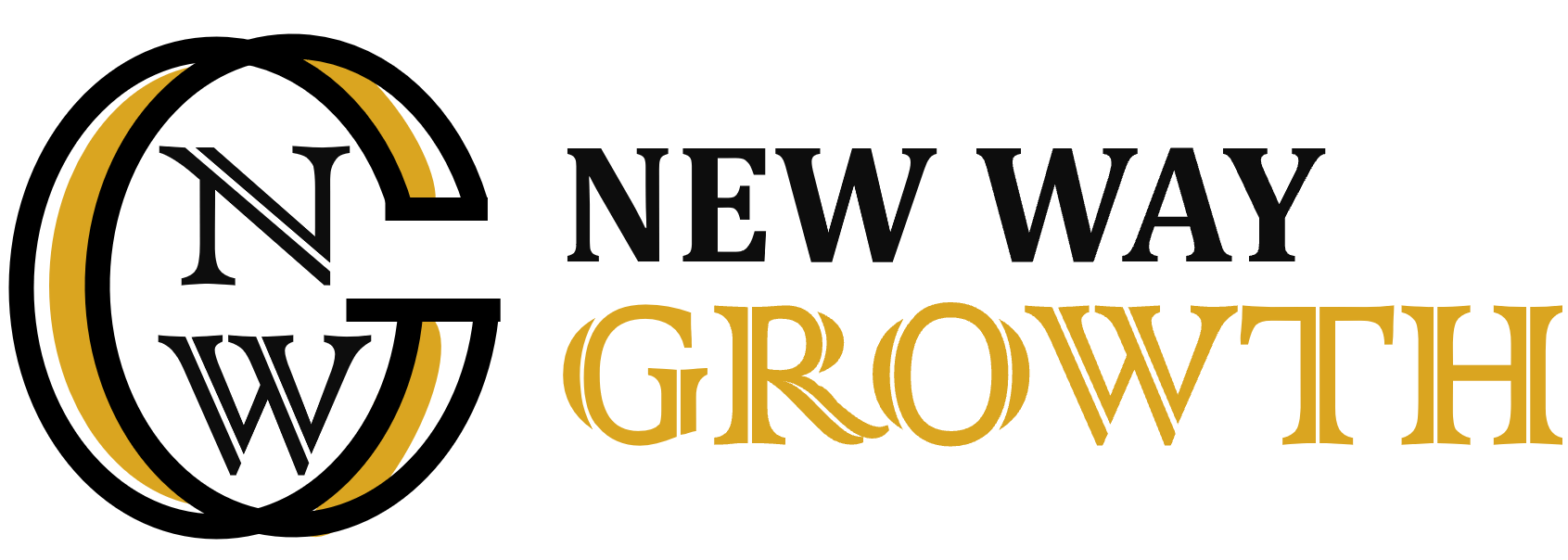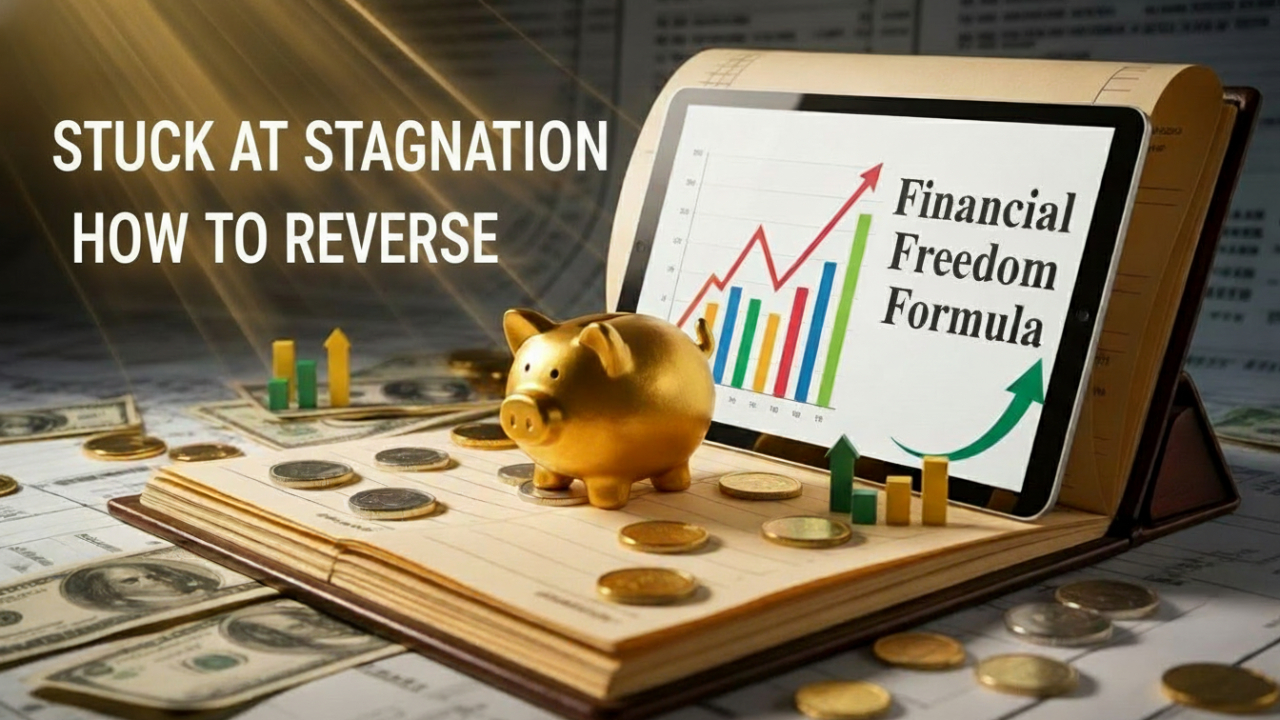Turning Strangers to Customers: How to Systematically Develop and Convert Prospects
Prospect collection, development, and sales conversion frameworks refer to the systems and processes that you use to generate new potential customers, nurture them into qualified leads, and ultimately convert those leads into paying customers.
In the initial stage of collecting potential clients, the emphasis is on identifying and gathering new leads to funnel into your sales cycle. Once these leads are in the system, the focus shifts to lead nurturing and qualification. This phase is critical for cultivating your prospects and pinpointing which among them present genuine sales opportunities. Those prospects meeting the criteria are then funnelled to the sales team.
These frameworks ensure a sufficient pipeline of new opportunities, while also maximising conversion rates further down your sales funnel. The additional bonus, it creates alignment between marketing and sales to scale growth.
Lead Generation
Lead generation is the process of identifying, cultivating, and acquiring new potential customers, the sales leads. There are several techniques that you can use to generate new leads, and by know means is this an exhaustive list:
- Inbound Marketing
- This involves creating helpful and engaging content like blogs, eBooks, webinars, and more that attract visitors to your website organically. Quality content helps establish trust and positions your company as an authority. Leads often convert from these educational touchpoints.
- Social Media
- Active social media profiles allow you to reach a large audience and network with potential leads. Social media ads can also help target specific demographics. Interacting and engaging followers leads to brand awareness and lead generation.
- Email Marketing
- Building an email subscriber list allows you to stay top of mind. Regular emails with helpful content keep you connected with leads. Include calls-to-action in emails to convert readers into leads. Segment your list based on engagement.
- Paid Ads
- Facebook, LinkedIn, Google, and other paid ads help you reach people actively searching for solutions you provide. Retargeting ads also remarket to those who have visited your site. Paid ads allow you to scale lead gen efforts.
- Trade Shows & Events
- Attending or speaking at industry conferences and events puts you directly in front of engaged prospects. These in-person venues create networking and branding opportunities that foster lead generation.
- Referral Programs
- Incentivising existing customers to refer their networks generates qualified leads. Referral programs leverage customer relationships and word-of-mouth marketing.
The key is using multiple lead generation channels to attract prospects across different stages of the buyer's journey. Then you can nurture leads by providing value until they are sales ready.
Lead Qualification
Lead qualification zeros in on evaluating which leads have the strongest potential to blossom into customer relationships. The implementation of this qualifying process supports your sales and marketing teams in allowing them to dedicate their time and energy toward the prospects brimming with the most promise. Here are some tips for effective lead qualification:
- Craft an Ideal Customer Profile: Pinpoint the essential demographics, behaviours, and characteristics of your prime customers. Leverage this profile as a standard for assessing potential leads. Check out our additional resource "How to Win Over Your Ideal Customers Without Second-Guessing Their Needs"
- Implement a Lead Scoring System: Create a method to evaluate your leads, establish a scoring mechanism that quantifies their alignment with your ideal customer profile. Consider variables such as industry, company size, job role, stated needs, and actions, assigning significance to each factor accordingly.
- Focus on engagement. Gauge a lead's interest level through their actions - downloading content, responding to emails, attending webinars. Active engagement indicates sales readiness.
- Review lead sources. Leads from certain sources, like tradeshows or referrals, may be more qualified than generic inquiries. Factor source into lead scoring.
- Set qualification criteria. Define minimum lead scores or requirements to qualify prospects for sales contact. This ensures you only invest time in promising leads.
- Use lead rating tools. CRM or marketing automation systems can automate lead scoring and rating based on rules and algorithms. This streamlines the process.
- Re-evaluate regularly. Customer profiles change over time. Review your criteria and update as needed to reflect your current ideal customers.
With a solid lead qualification process, you can identify and prioritise hot prospects worth pursuing. This allows sales and marketing to focus time on the leads most likely to convert into customers.
Lead Nurturing
Lead nurturing is the process of developing relationships with qualified prospects over time to convert them into customers. It involves ongoing communication and engagement to build trust, demonstrate value, and gather insights that will help turn leads into sales. Here are some key strategies for effective lead nurturing:
- Create a lead nurturing workflow. Map out the stage’s prospects go through and what communications they'll receive at each point. Send targeted content based on their interests and where they are in the buying process.
- Develop relevant content offers. Produce content like eBooks, whitepapers, webinars, and more that provide useful information to prospects. Make sure content aligns with their needs and pain points.
- Send personalised emails. Use merge tags to customise email content with the prospect's name, company, and other details. Personalised emails deliver better open and click-through rates.
- Retarget with social ads. If prospects go quiet, use retargeting ads on social media to get their attention again. Displaying relevant content keeps your brand top of mind.
- Automate where possible. Marketing automation platforms can schedule and deploy emails and content to leads automatically to nurture them over time.
- Track engagement. See what content and messaging is resonating with prospects. Nurture and qualify leads based on their engagement and interest levels.
- Use multi-channel nurturing. Orchestrate nurturing across email, social media, ads, direct mail, and more. Omnichannel nurturing improves results.
- Hand off properly. When a lead is sales-ready, ensure proper CRM tracking and seamless handoff to sales to continue relationship-building.
Effective lead nurturing is essential to develop qualified prospects into loyal customers over time. The main strategy is to keep engaging with them, offering value at every stage of their buying journey.
Content Marketing
Content marketing plays a vital role in attracting, engaging, and educating prospects throughout the buyer's journey. The goal is to produce relevant and valuable content that speaks directly to your ideal customer.
Start by building buyer personas to understand your target audience's challenges, interests, and preferred content formats. Use surveys, interviews, and customer data to gather insights.
Then, develop a content strategy and editorial calendar focused on topics that align with each stage of the buyer's journey. For example:
- Attract Stage
- Blog posts, eBooks, whitepapers, and webinars that provide educational overviews of key issues your audience cares about. Optimise these for SEO to help prospects discover your brand.
- Engage Stage
- More in-depth content like guides, comparisons, and product demo videos to showcase your product's value as prospects evaluate solutions. Promote these assets through social media, email, and paid ads.
- Educate Stage
- Case studies, analyst reports, ROI calculators, and other validation content to help convince prospects to choose your product. Distribute to key decision makers via sales reps.
Focus on creating 10X content that provides 10x more value than prospects expect. Avoid overly promotional content and instead aim to build trust by delivering truly useful insights.
Leverage influencer partnerships, guest posts, and paid distribution to extend your reach. Repurpose content into multiple formats and highlight popular assets through calls-to-action across your website, emails, and ads.
Analyse performance to identify your best-converting content. Double down on those content types and topics to maximise impact. Refine personas and strategy over time as you gain more customer insights.
Account-Based Marketing
Account-based marketing (ABM) is a strategic approach that focuses sales and marketing efforts on targeted accounts. The goal is to create tailored messaging and campaigns to resonate with key decision makers at an organisation. This increases relevancy and the chance of conversion.
There are several strategies to effectively implement an ABM approach:
- Identify and research target accounts - Carefully select accounts that meet your ideal customer profile in terms of size, industry, needs, and potential ROI. Thoroughly research these accounts to understand pain points and objectives.
- Map out stakeholders - For each target account, identify key stakeholders you need to reach such as executives, managers, and end users. Understand their roles and influence.
- Create personalised campaigns - Develop messaging, content, and campaigns customised to each account. Ensure relevancy by speaking directly to their needs and challenges.
- Leverage intent data - Use intent data to see when target accounts are researching solutions so you can reach them at the right time.
- Coordinate sales and marketing - Align sales and marketing so outreach is coordinated and consistent across channels.
- Measure effectiveness - Track engagement, pipeline, and revenue from account-based efforts. Refine approaches as needed.
The advantage of ABM is highly focused efforts on valuable accounts more likely to convert to customers. The concentrated resources also allow for tailored messaging and campaigns which resonate better. ABM improves alignment between sales and marketing to capture more pipeline.
Sales Process
A structured sales process is critical for moving prospects through the buying journey and converting them into customers. The key steps in an effective sales process can include:
- Prospecting - This initial outreach stage involves identifying potential customers through various channels like cold calling, email, events, referrals etc. Sales reps aim to connect with prospects and gauge their interest level.
- Qualification - Once a prospect shows interest, the next step is lead qualification. This involves profiling the prospect through questions to determine if they are a good fit, have a need, and are ready to buy. Data like company size, role, budget etc help qualify leads.
- Needs Assessment - Here the sales rep has a discovery call with qualified prospects to understand their business challenges, pain points, and requirements. The goal is to determine if the company's offering is a potential solution.
- Presentation/Demo - For interested prospects, the sales rep presents a demo customised to the prospect's needs. This shows how the product or service can address the prospect's issues. Allowing hands-on interaction builds engagement.
- Proposal/Quote - Based on the prospect's feedback from the demo and identified requirements, the sales rep creates a formal proposal with pricing, contract terms etc. Negotiation happens here before closing the deal.
- Close - At this final stage the sales rep asks for the business and closes the sale. Handling objections smoothly and setting clear next steps for implementation is important for customer success.
Following this structured progression from prospecting to close enables sales teams to systematically guide customers through the buying journey and convert more leads. The process can be refined based on conversion rates at each stage.
Conversion Optimisation
Optimising your sales funnel for maximum conversions is crucial for driving revenue growth. Here are some tips for boosting conversions at each stage:
Top of Funnel
- Concentrate on crafting engaging content that addresses the challenges and captivates the interests of your intended audience. Content that is valuable and enlightening will grab attention and foster trust.
- Strive for website text that is clear, succinct, and resonates with your prospects' language. Steer clear of messages that are excessively promotional or perplexing.
- Utilise social media platforms to widen your audience and attract more traffic to your sales funnel's entry point via natural sharing and engagement.
Middle of Funnel
- Use lead magnets like eBooks, whitepapers, and free trials to collect prospect information in exchange for valuable content. This allows you to nurture leads by email.
- Create customised email sequences that provide helpful information tailored to where prospects are in the buying journey. Avoid product pitches early on.
- Use marketing automation to track prospect engagement and send timely, relevant follow-ups to hot leads.
Bottom of Funnel
- Offer free consultations to identify prospect needs and build relationships. This human touch builds trust and makes people more likely to convert.
- Create special discount offers or limited-time promotions to incentivise prospects to take action.
- Make the sales process smooth and simple. Eliminate unnecessary steps or distractions that could cause prospects to abandon carts.
- Follow up quickly with prospects who don't convert to see if you can provide additional information that addresses concerns.
Optimising each stage of your funnel based on data and testing is crucial for driving more prospects seamlessly into and through your sales process.
Analytics
Measuring and optimising the these frameworks is critical for improving conversions and sales. Key metrics and analytics to track include:
Lead generation.
- Number of leads captured.
- Lead quality score.
- Lead source.
- Cost per lead
Lead nurturing.
- Open and click-through rates for nurturing campaigns.
- Time spent on landing pages.
- Content consumption metrics.
Sales pipeline.
- Lead velocity through the pipeline.
- Win rates by lead source.
- Sales cycle length.
- Conversion rates by lead stage.
Customer retention.
- Churn rate.
- Customer lifetime value.
- Net promoter score.
In tracking these metrics, your sales and marketing teams can identify bottlenecks in the funnel and optimise campaigns and processes to improve conversion rates. A/B testing landing pages, emails, and calls-to-action is also essential for continual optimisation. With the right analytics foundation, organisations can gain visibility into what's working and what needs improvement to drive more sales opportunities.
Key Takeaways:
Having these conversion frameworks is critical for driving sales and revenue growth. By bringing together lead generation, qualification, nurturing, and conversion optimisation, you can create a seamless experience for your prospects. This enables moving qualified leads efficiently through the funnel to become customers.
Key benefits of an integrated framework include:
- Alignment between marketing and sales on shared goals
- Increased quantity and quality of leads
- More effective lead nurturing based on buyer personas and journeys.
- Account-based marketing to penetrate strategic accounts.
- Content that resonates with each stage of the buyer journey
- Optimised sales conversations and collateral
- Insights from data to continually refine strategies.
This approach not only boosts your conversion rates but also lowers the cost-per-lead and accelerates growth. Offering a systematic method for nurturing and managing leads, as well as coordinating interactions along the conversion journey, the framework ensures a coordinated effort. Instead of relying on scattered tactics, it fosters a cohesive strategy to transform your prospects into satisfied customers.
PS: If you need support on how to master the 3 key frameworks of prospect conversion, don't hesitate to
contact us
Pay It Forward! Sharing Is Caring!











